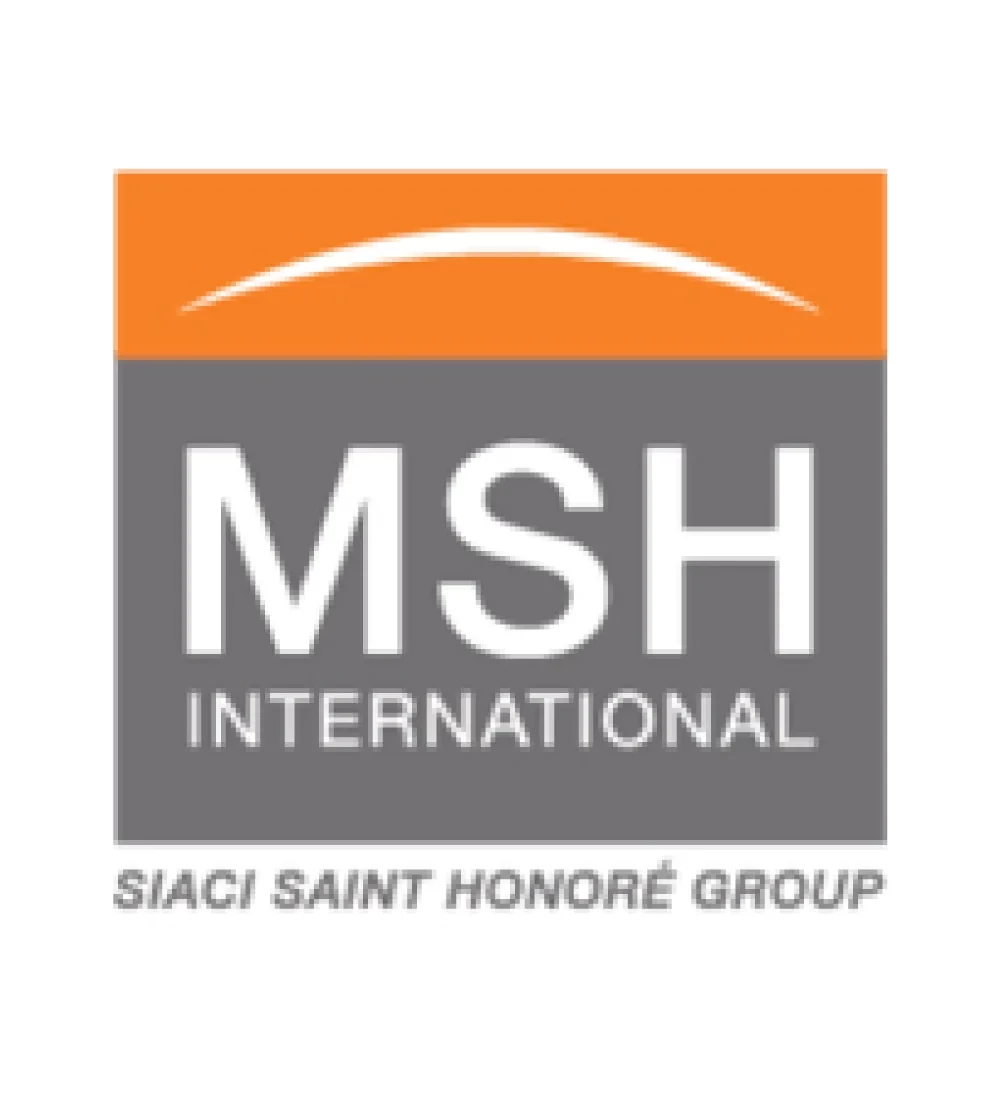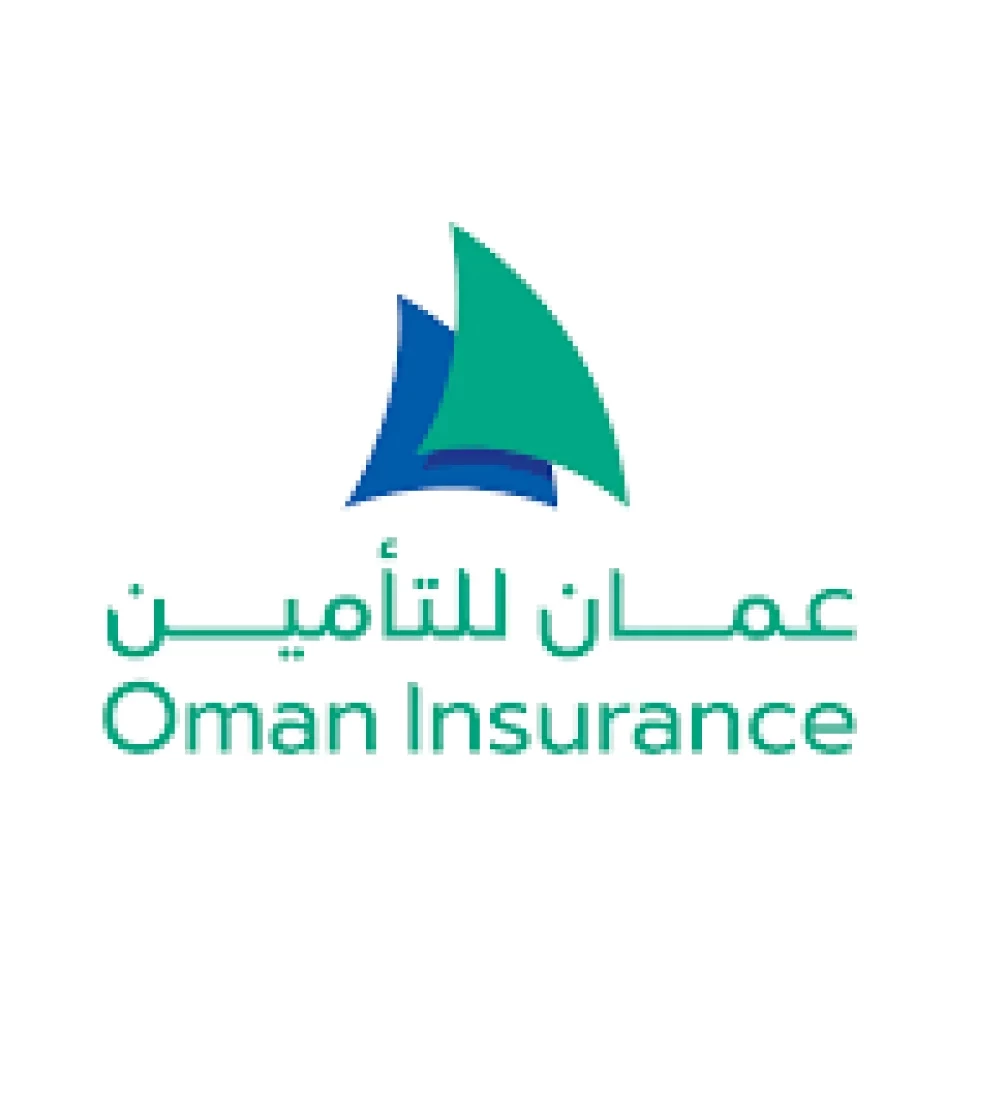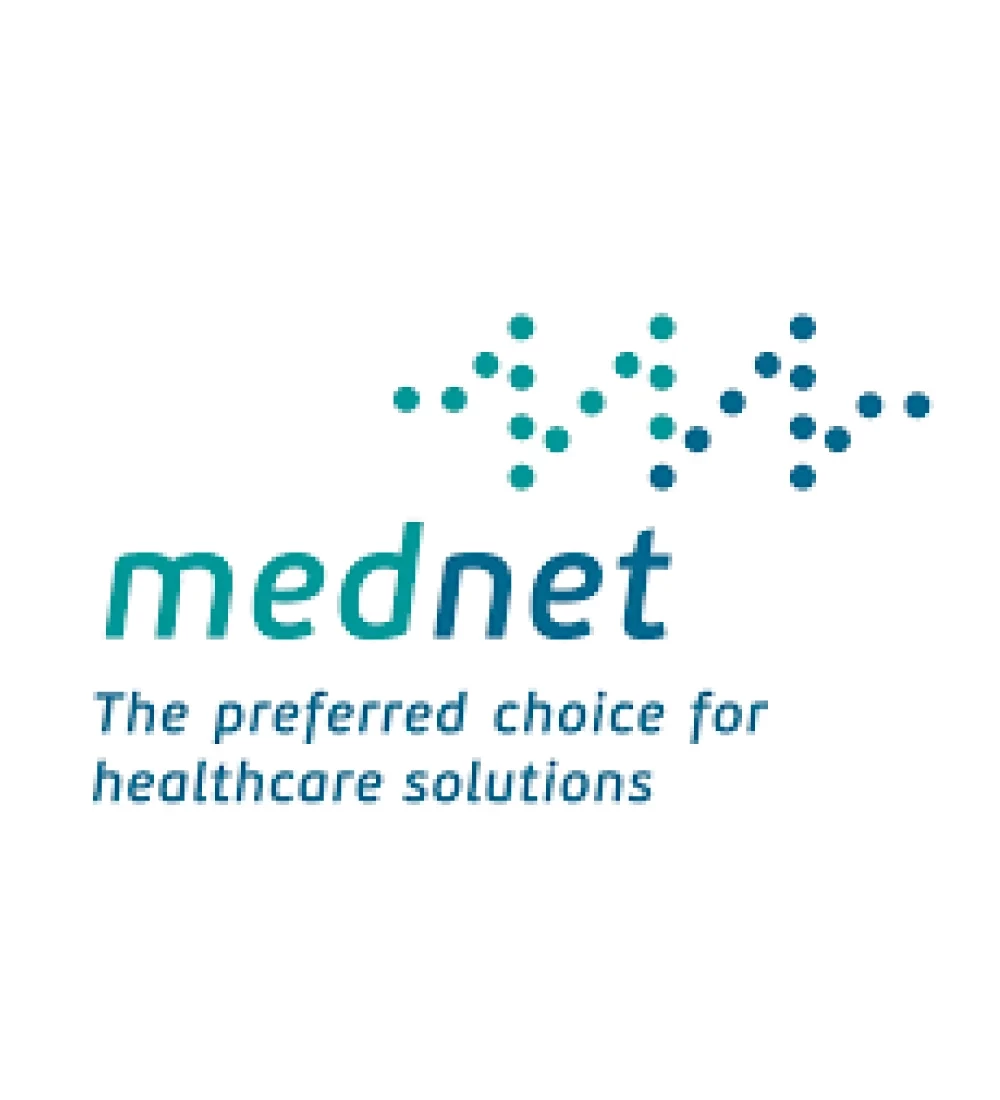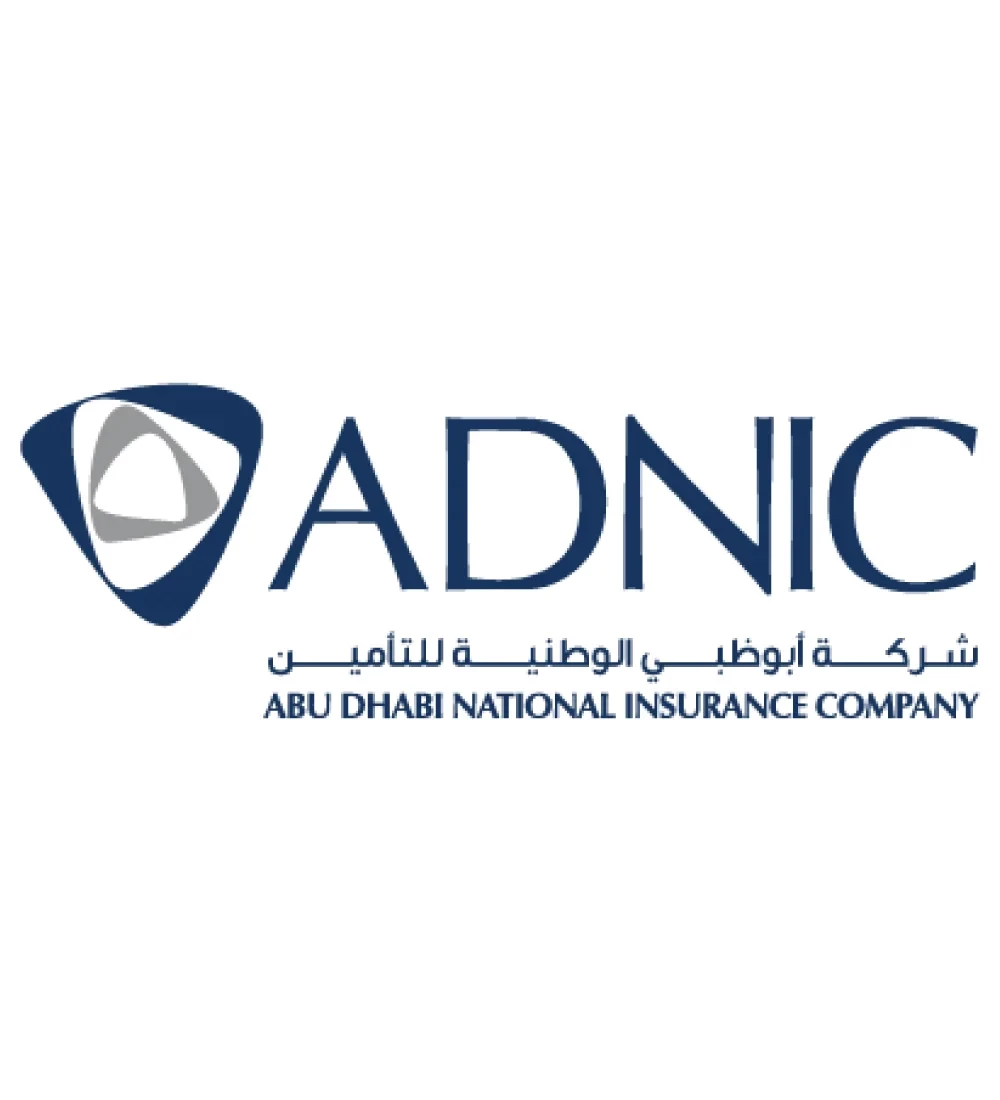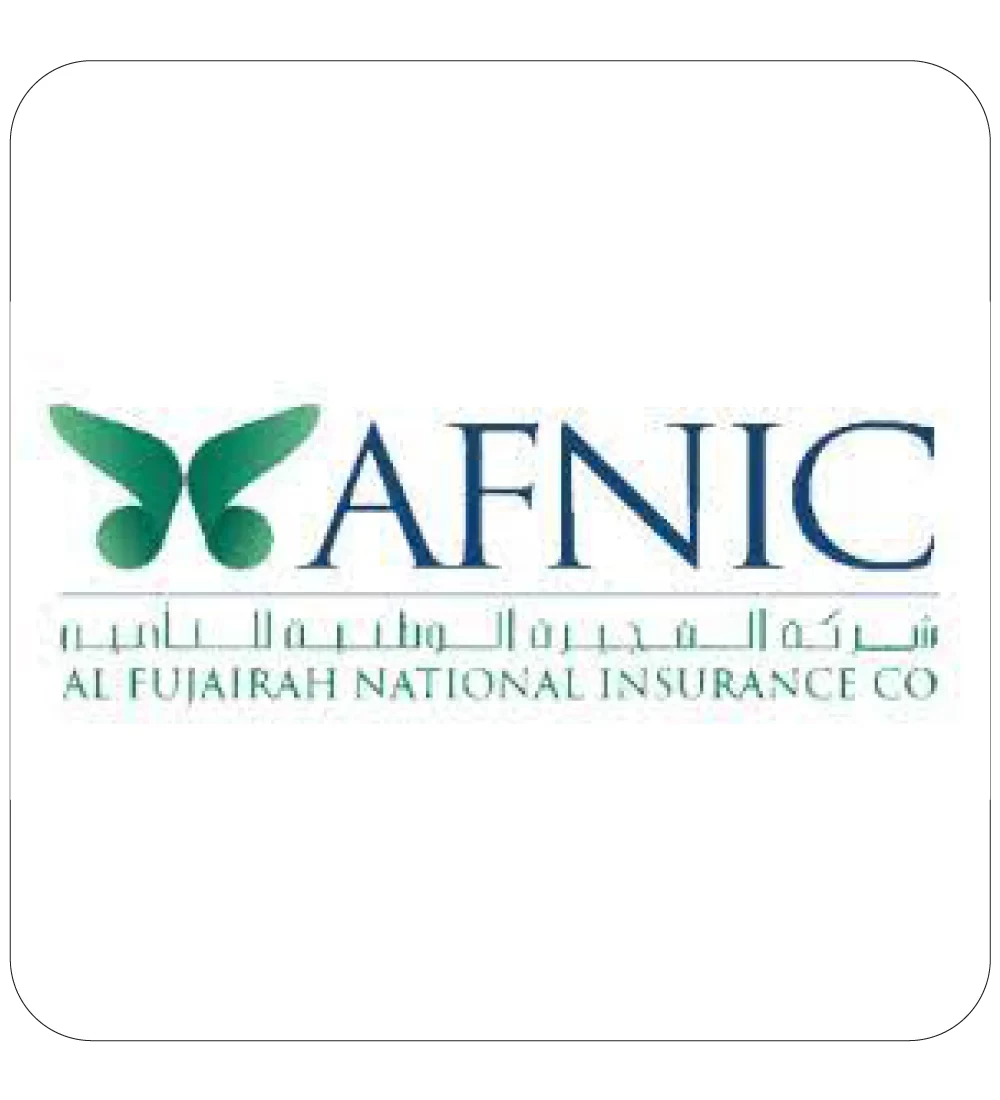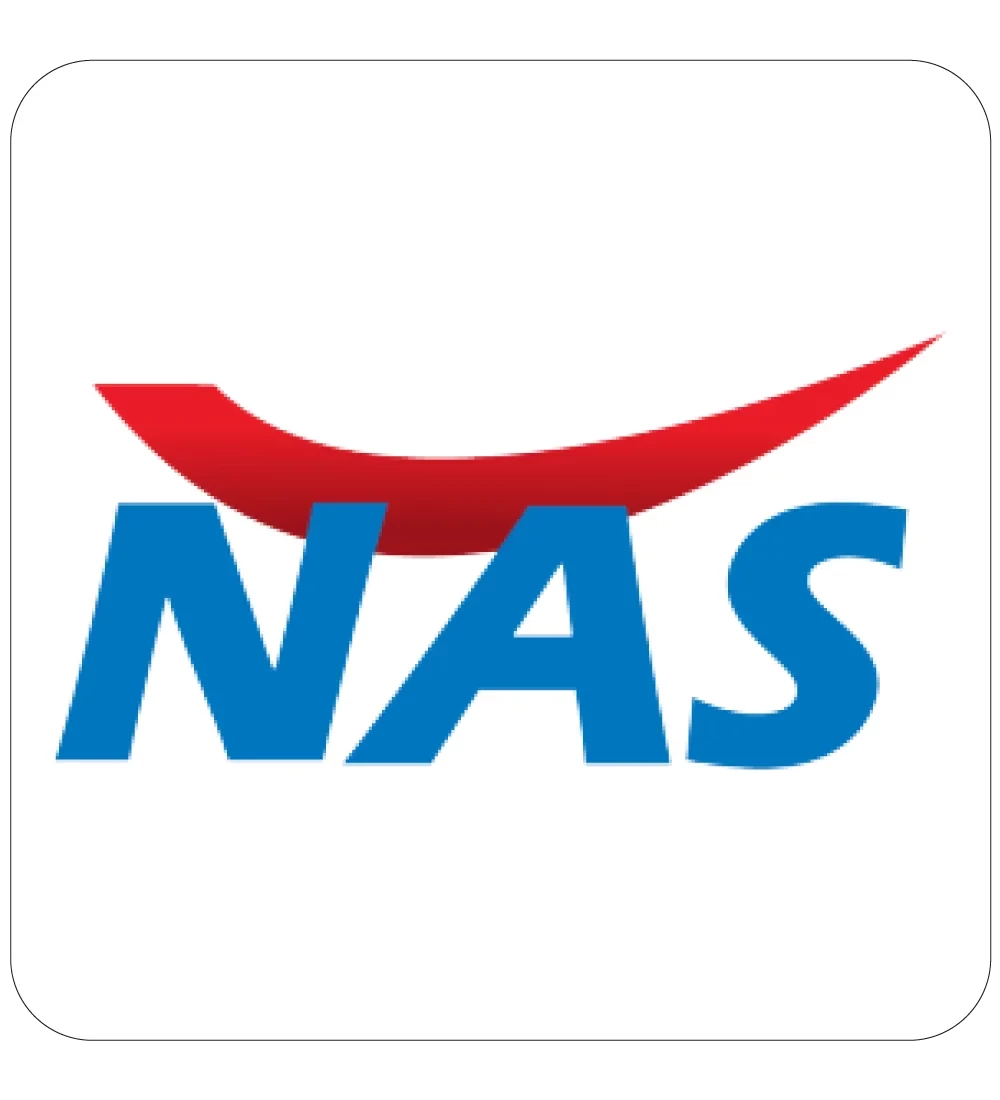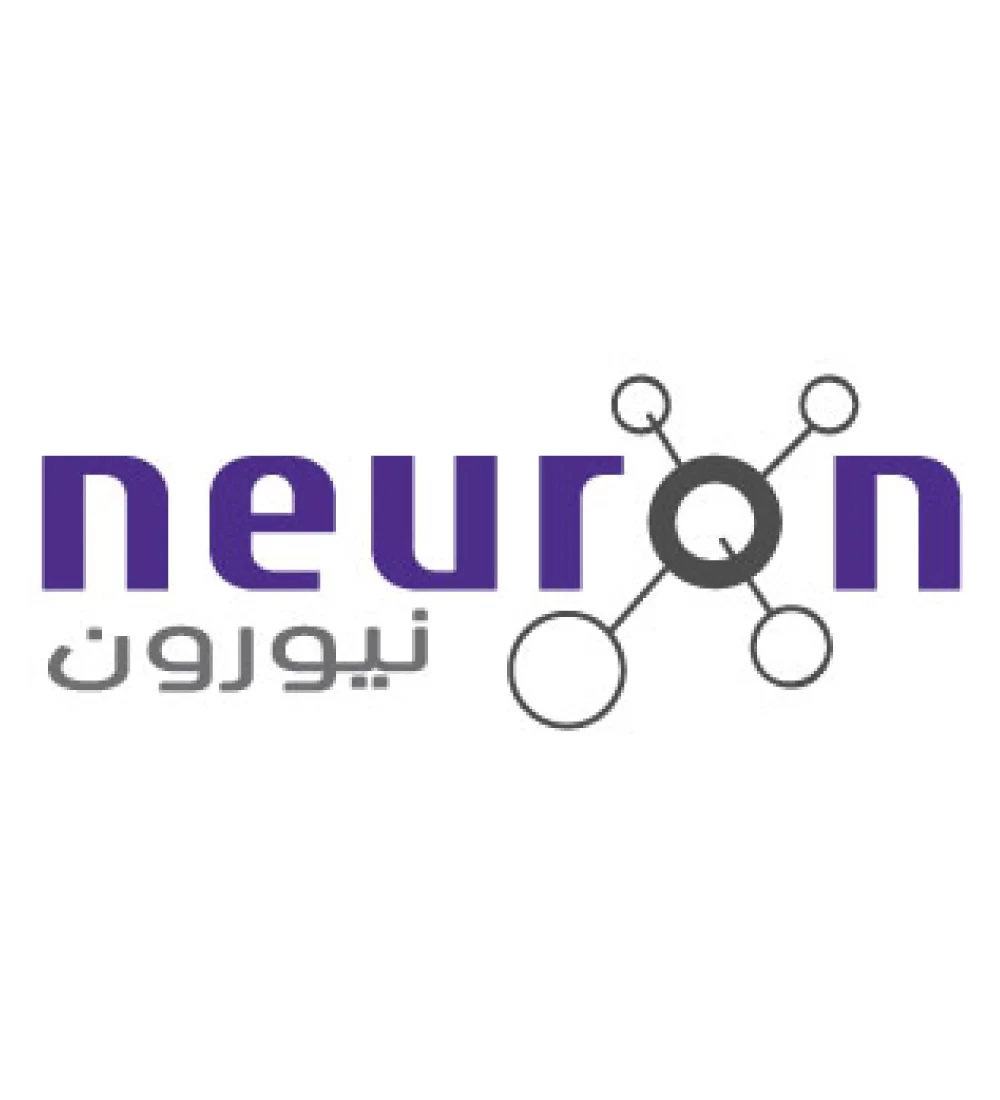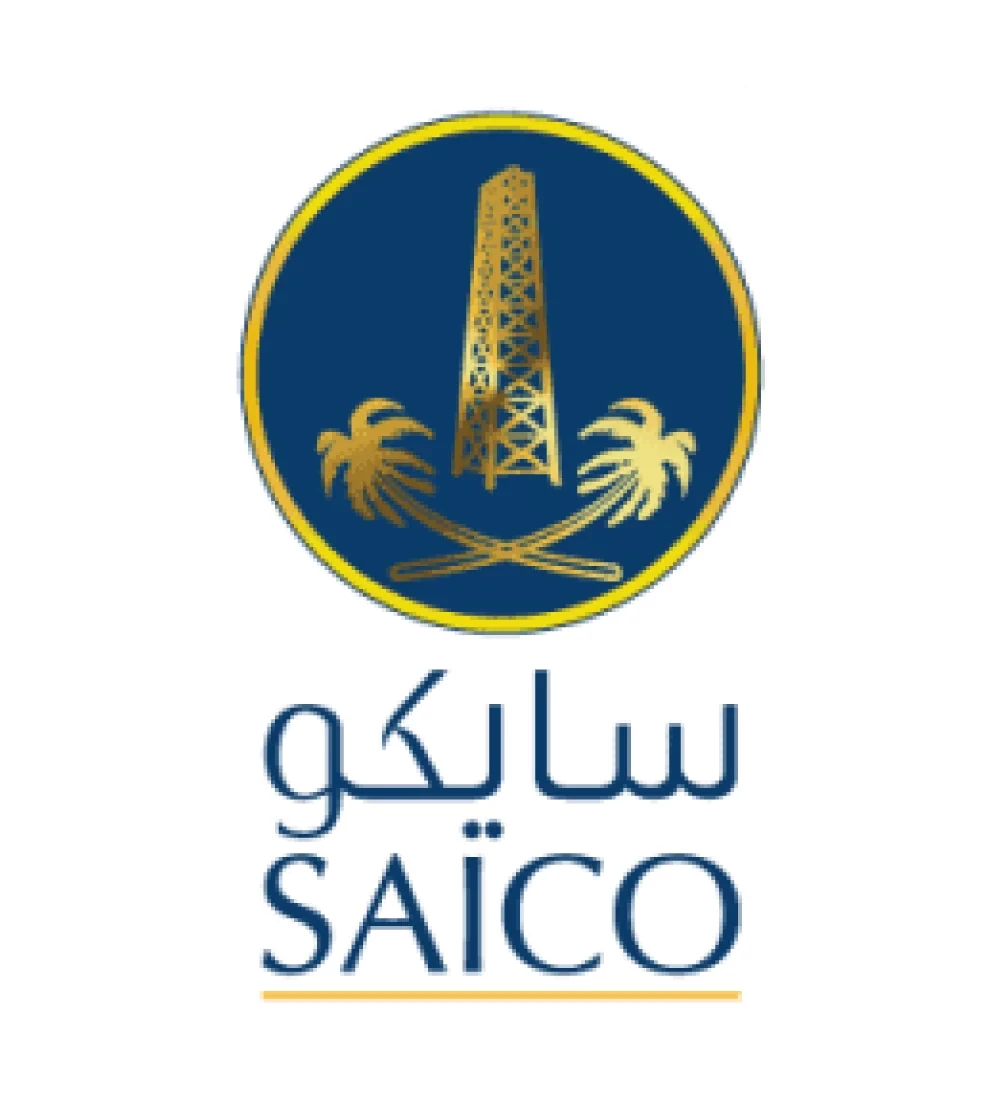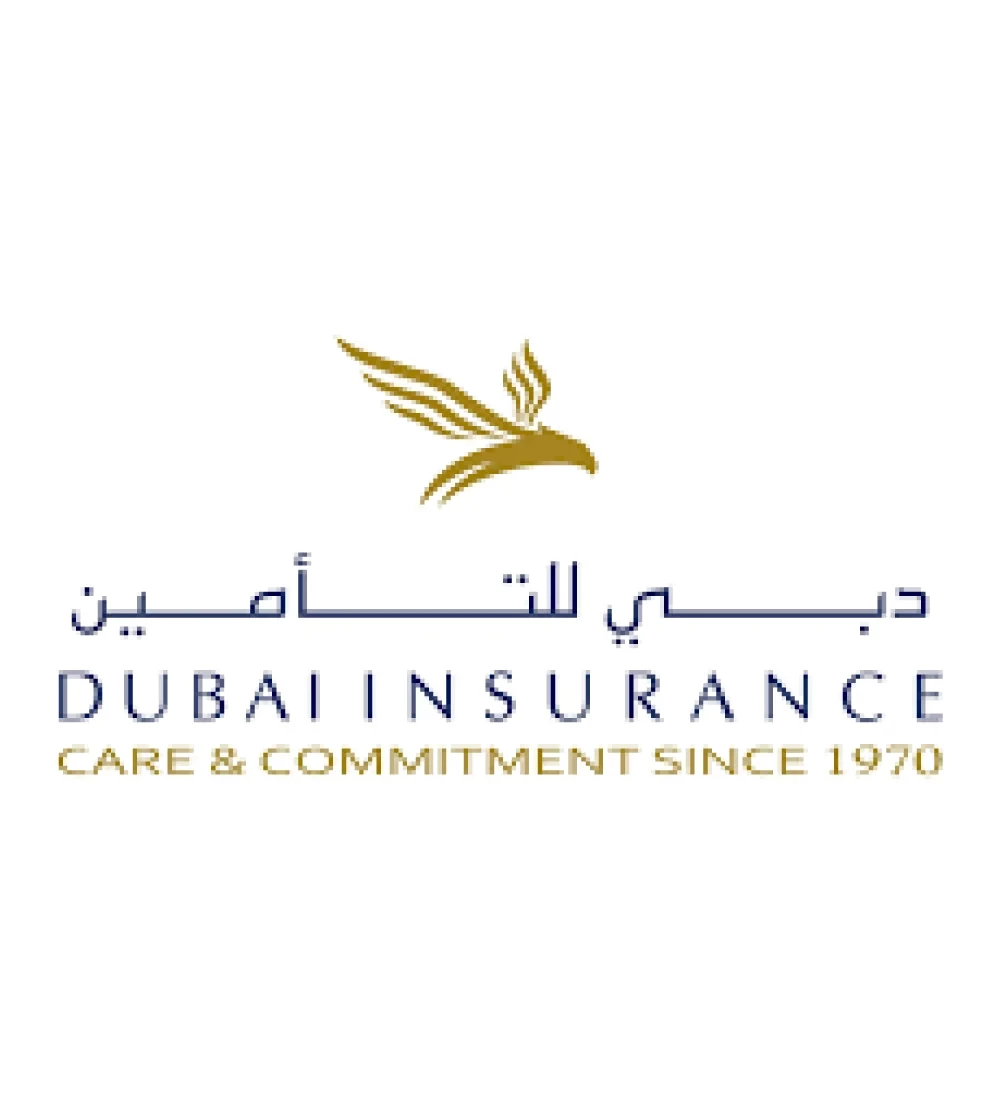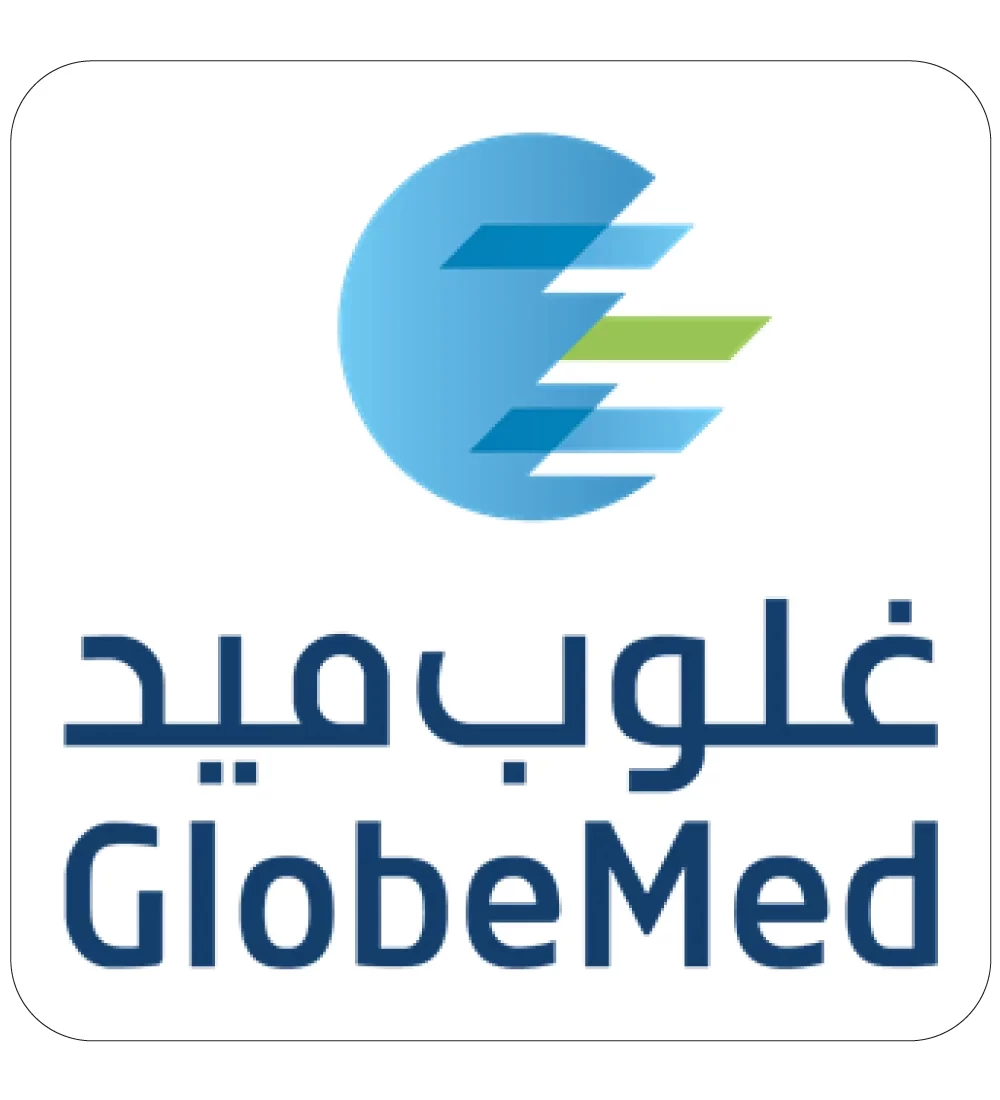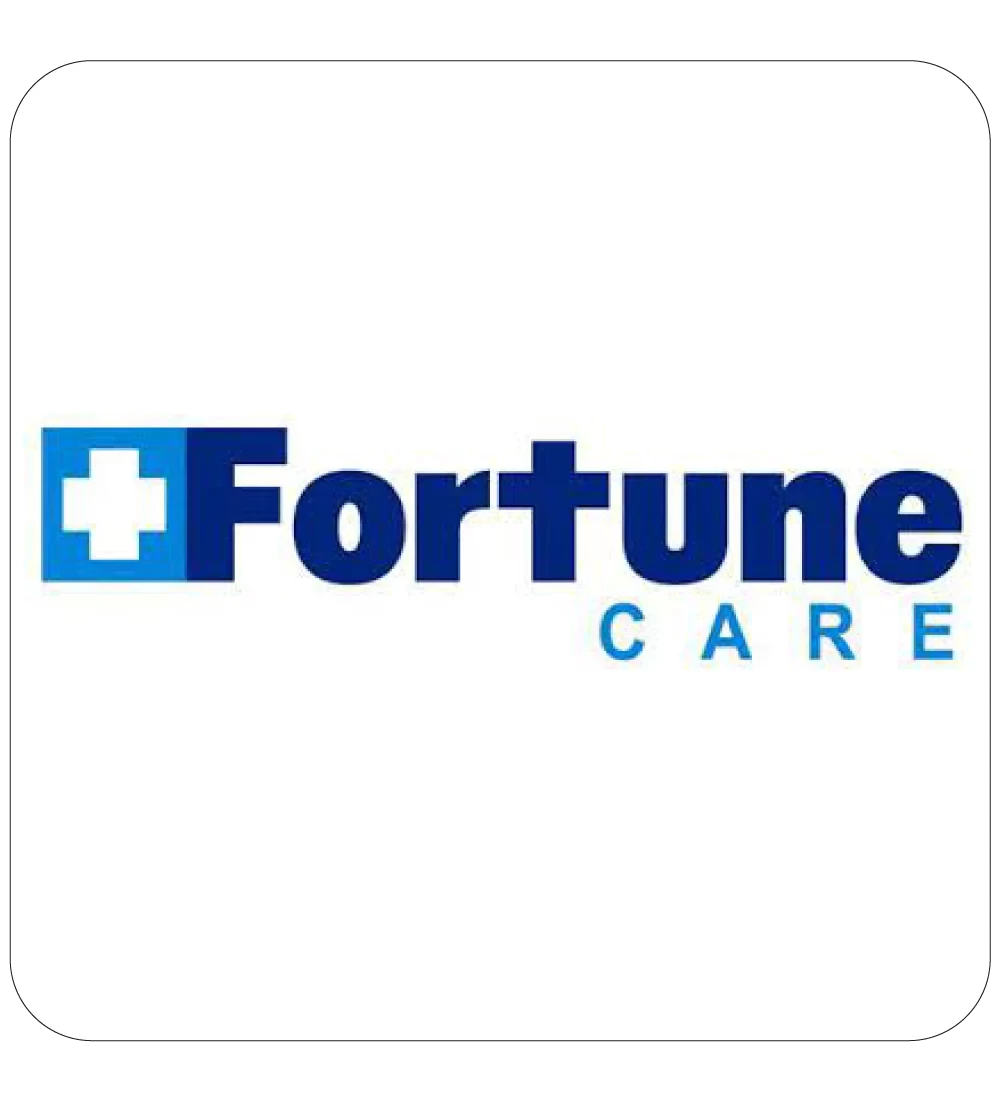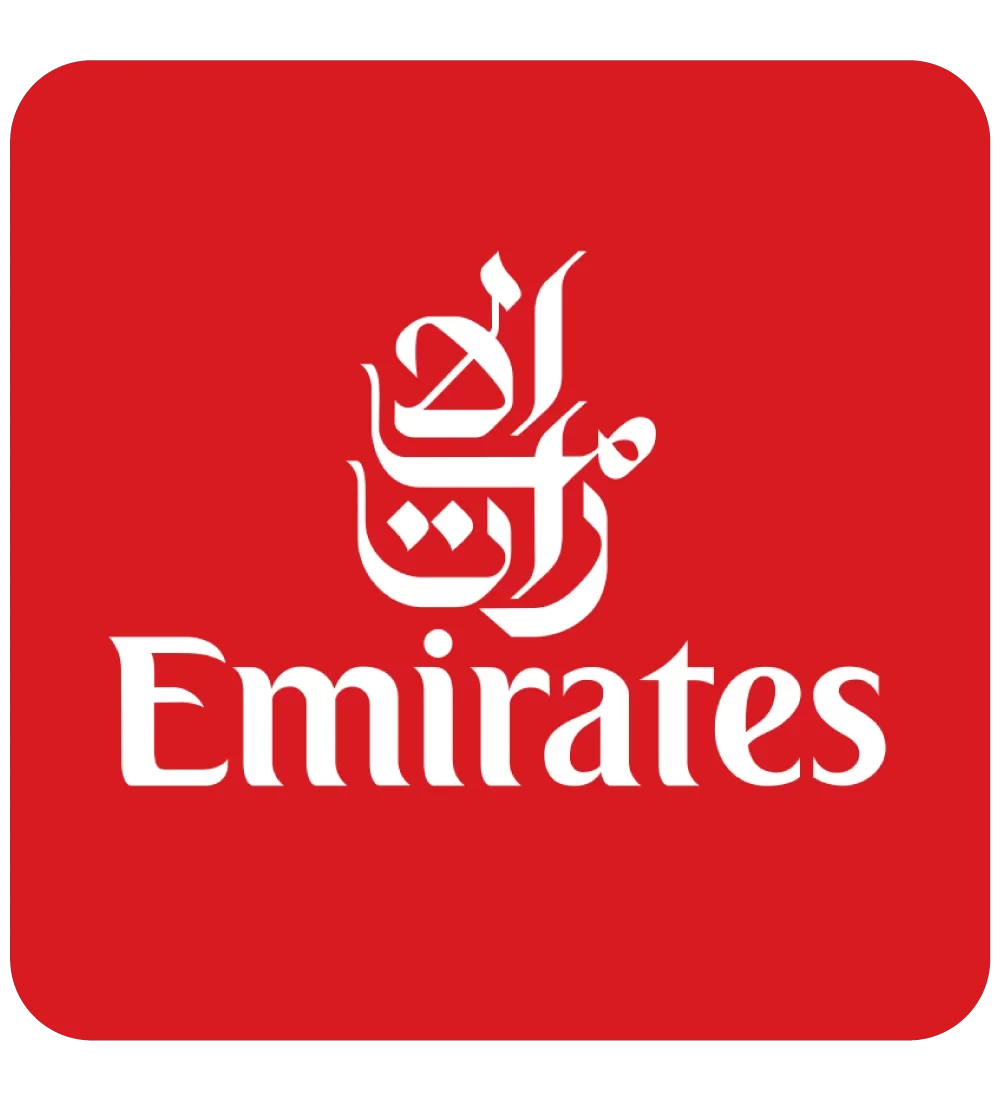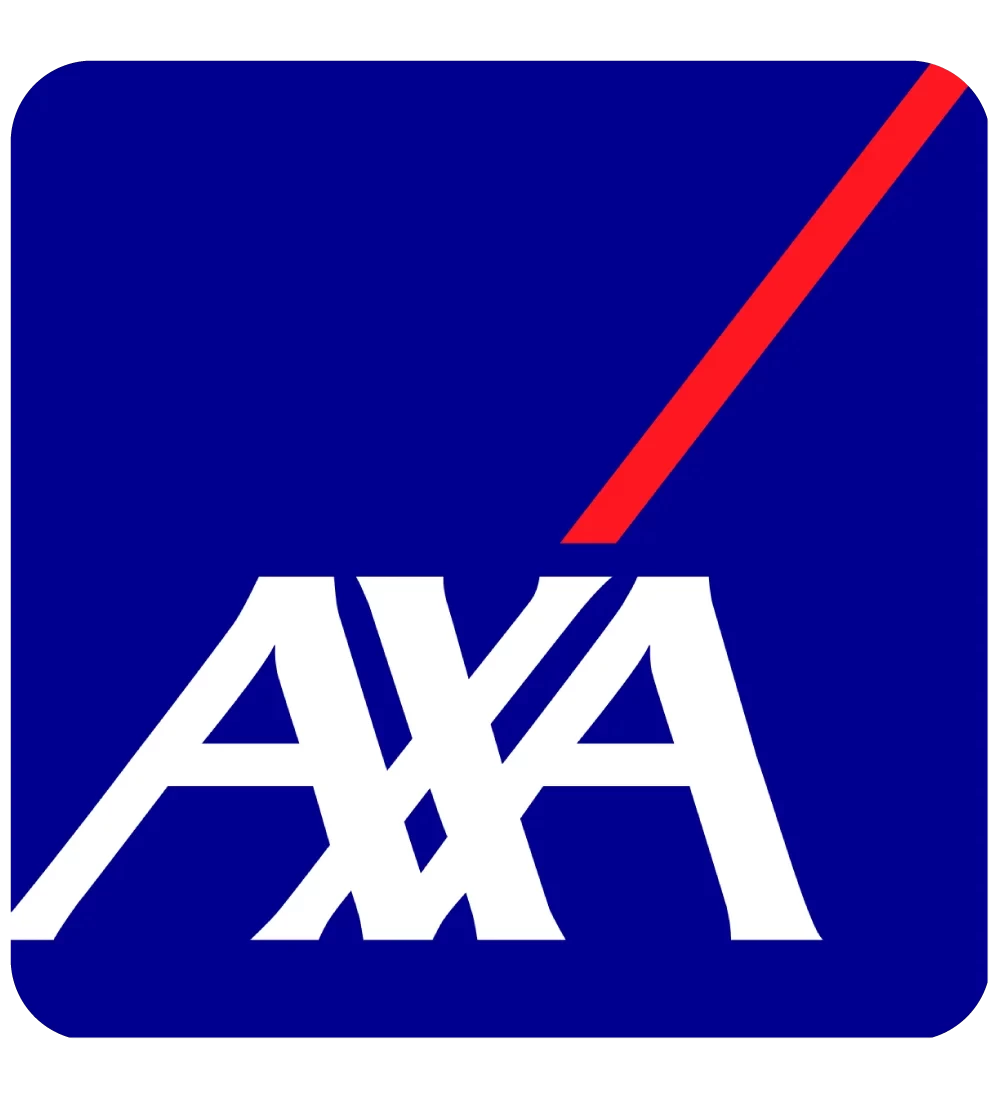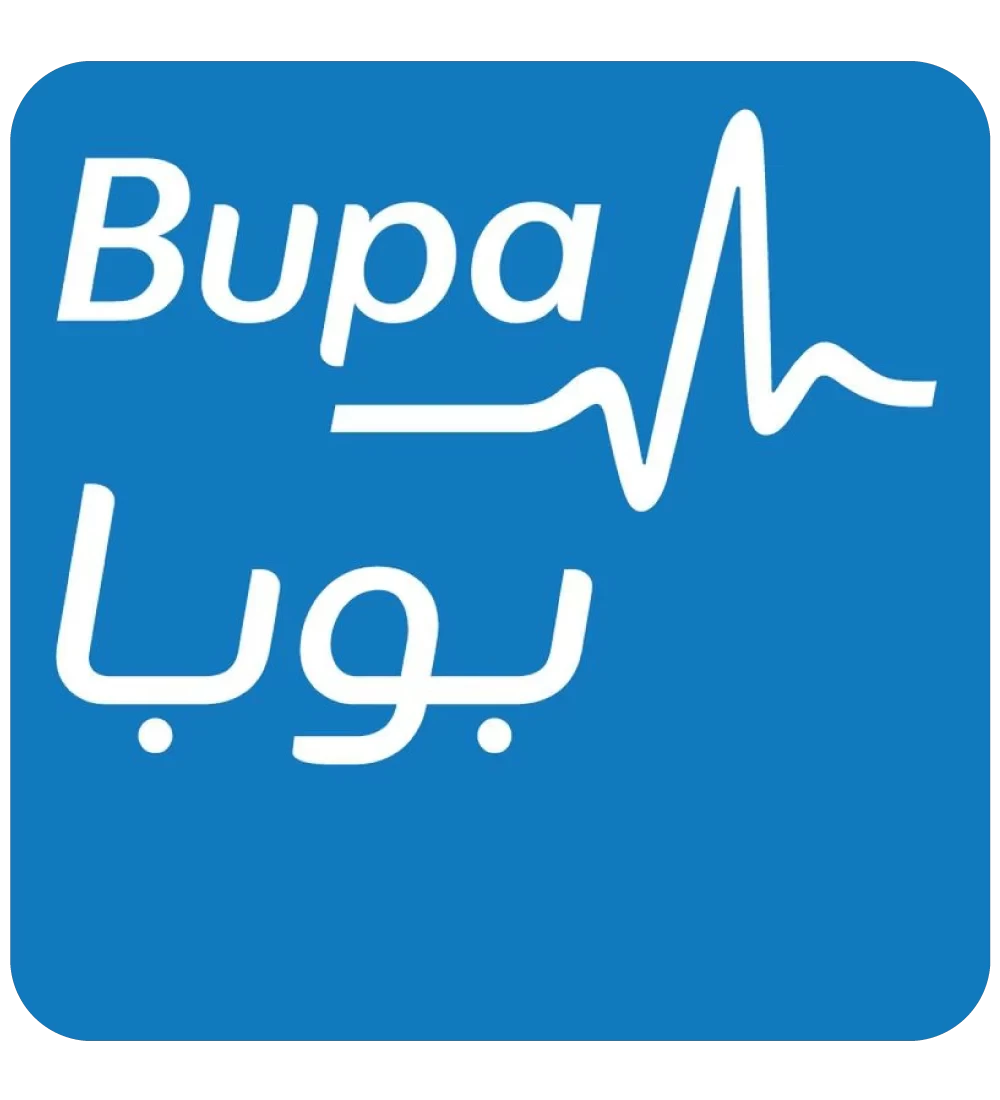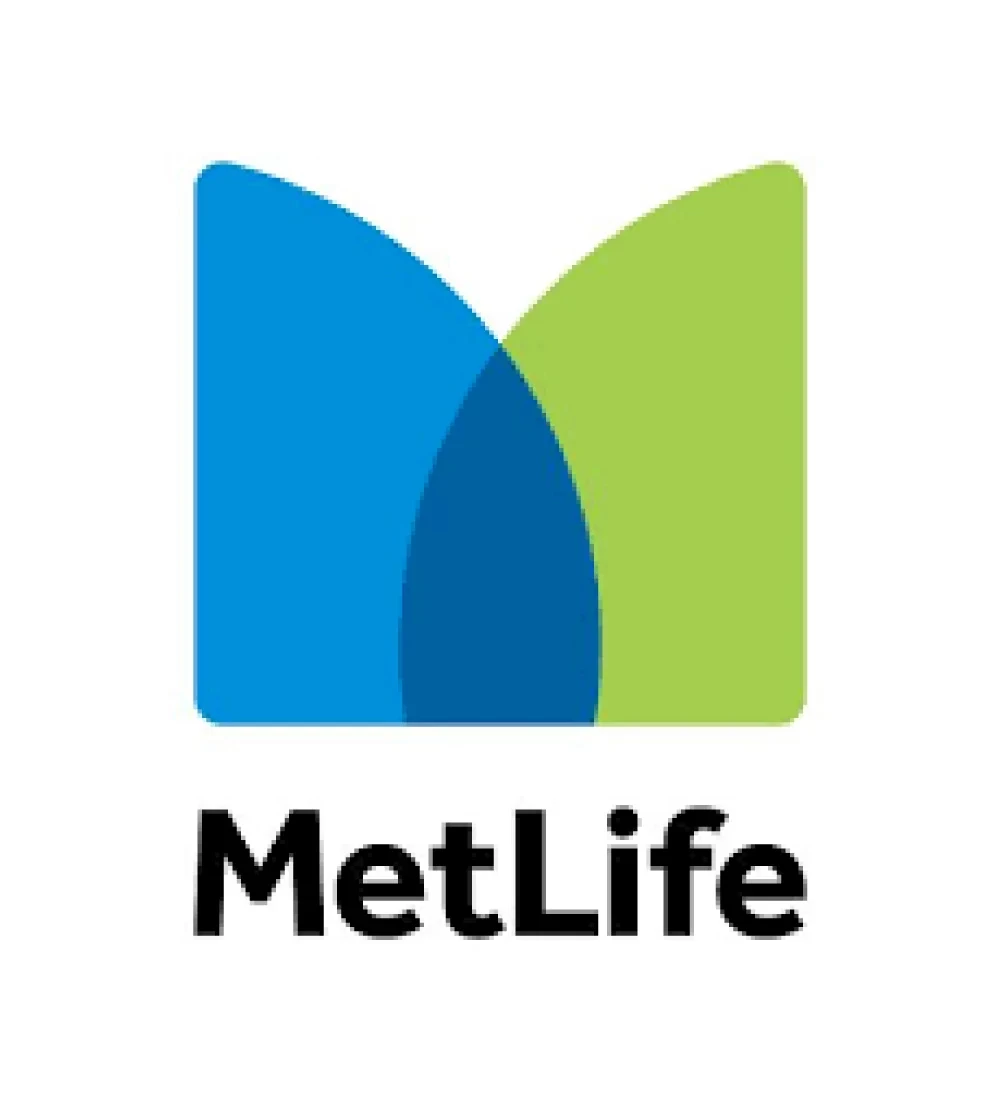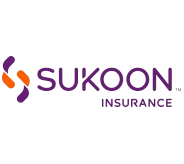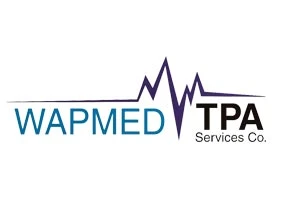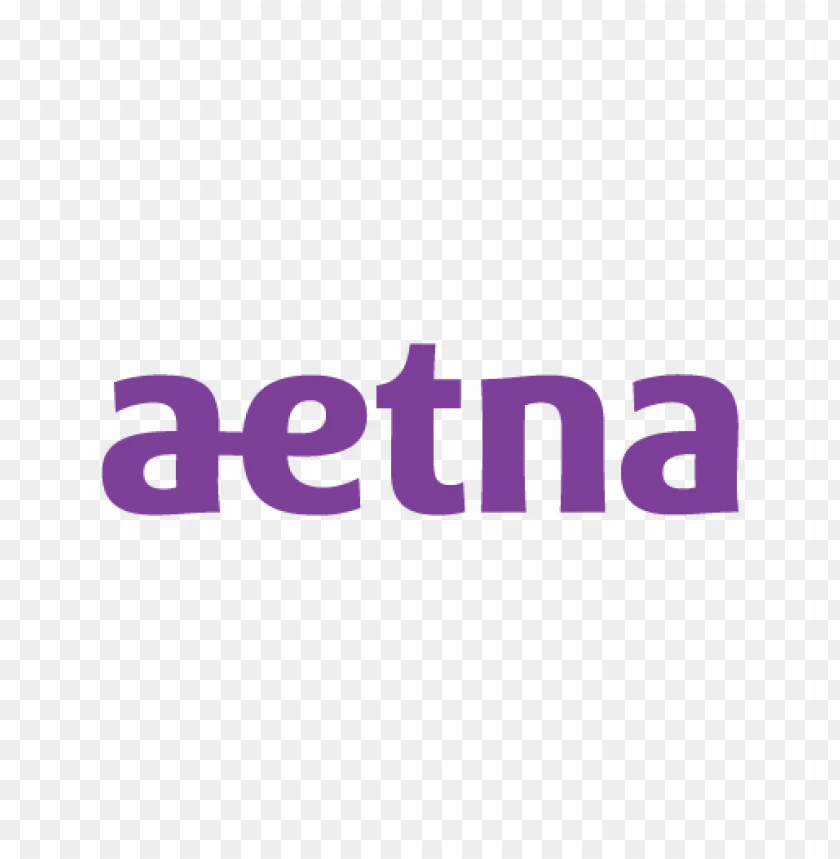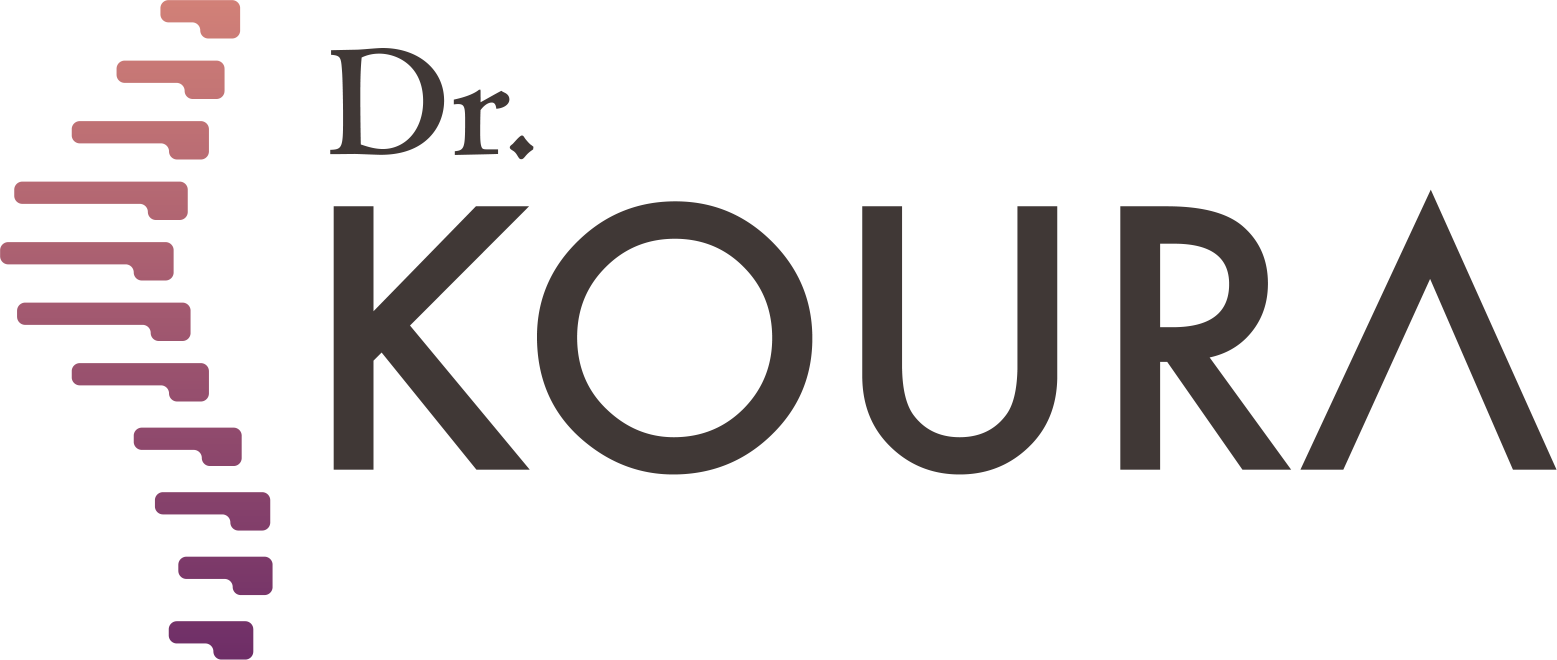
To see patients' reviews
Click hereNon-surgical cartilage treatment

Symptoms
- Back Pain
- Lower Back Pain
- Sciatica
- Leg Numbness
Before the emergence of modern methods in treating herniated discs, patients had limited options, typically consisting of two main choices, medical and physical therapy or surgery for disc removal. Medical and physical therapy often focused on temporary pain relief, while surgical removal carried risks to the body. However, today, modern techniques offered at Dr. Mohamed Koura's center, a specialized physician in Egypt and the Arab world, provides a new opportunity for effectively and precisely treating herniated discs. Dr. Koura offers 12 non-surgical techniques for spinal and joint problems, including percutaneous laser disc nucleoplasty process, which has proven effective in alleviating pain and improving the quality of life for many patients.
Now, we will take a deep dive into the process of disc suction, starting from the suitable cases for this treatment, through its benefits and advantages, and concluding with the potential risks.
What is percutaneous laser disc nucleoplasty?
Percutaneous laser disc nucleoplasty process is one of the modern techniques used to treat lumbar herniated discs. It involves accessing the nucleus of the disc and removing a large portion of it without causing any damage to the surrounding vertebrae, thereby reducing pressure on the nerve.
This technique is used to treat lumbar disc herniation that causes lower back pain, which sometimes radiates into the legs, hindering movement.
Typically, a person develops disc herniation when the nucleus of the disc slips while the outer layer of the disc expands, resulting in pressure on the nerve and causing pain in the legs. This may be accompanied by the secretion of some substances that cause swelling and inflammation in the nerve.
What are the suitable cases for percutaneous laser disc nucleoplasty?
To determine whether percutaneous laser disc nucleoplasty is appropriate for a patient, first, the patient's condition must be diagnosed through magnetic resonance imaging (MRI) and medical examination. It's essential to identify the stage of disc herniation, as disc herniation progresses through several stages, as follows:
Stages one and two: These stages can be treated with percutaneous laser disc nucleoplasty, as pulling the nucleus of the disc helps reduce the pressure inside it. Consequently, pressure on the nerve root and the fibrous wall decreases, leading to significant improvement in back or leg pain.
Stages three and four: These stages occur after complete tearing of the fibrous wall. Therefore, percutaneous laser disc nucleoplasty is not beneficial at these stages as it cannot retrieve the parts that have been released and moved inside the nerve canal or migrated elsewhere. In this case, surgical extraction or the use of optical instruments may be required to retrieve these parts.
If you are experiencing symptoms of disc herniation, you should visit Dr. Mohamed Koura's center, as he is the best doctor in this field. He is constantly updated on the latest therapeutic techniques through his participation in various international conferences alongside leading doctors and experts from around the world. This ensures early diagnosis of the condition before disc herniation progresses to the late stage, where surgery becomes the only treatment option.
What are the benefits of percutaneous laser disc nucleoplasty?
The benefits of percutaneous laser disc nucleoplasty therapy are manifold and include the following:
Rapid method for treating herniated discs and alleviating pain in the shortest possible time.
Prevents the worsening of herniated discs and progression to later stages.
Relieves pressure on the nerve, thereby preventing loss of nerve function due to continuous compression on the nerve.
What are the steps of the percutaneous laser disc nucleoplasty?
The steps of this technique include the following:
The patient enters the operating room to ensure a sterile environment.
Then, the doctor administers local anesthesia, rather than general anesthesia, numbing the specific area of intervention without affecting the rest of the body.
Subsequently, the doctor inserts the device into the herniated part through a very small needle under fluoroscopic guidance.
The protruding part of the disc is then fragmented and drawn into a reservoir within the device, as demonstrated in explanatory videos of the percutaneous laser disc nucleoplasty procedure.
The doctor often injects and treats nerve roots with thermal frequency, addressing the underlying cause of pain in addition to alleviating the pain itself.
How long does the percutaneous laser disc nucleoplasty procedure take?
The percutaneous laser disc nucleoplasty technique is characterized by its speed, as it typically does not exceed 20 minutes. Additionally, it is known for its complete safety and absence of any side effects.
Furthermore, the patient can leave the hospital and return home within an hour after the procedure. Usually, only a few days of recovery are needed before returning to full activity.
What is the recovery period for the percutaneous laser disc nucleoplasty?
The patient needs only a few days, typically not exceeding a week, to recover and return to their normal life.
What are the advantages of percutaneous laser disc nucleoplasty?
The percutaneous laser disc nucleoplasty procedure is a non-surgical technique that offers several advantages over surgical procedures for treating herniated discs, including the following:
It is a quick procedure, typically lasting no more than 20 minutes.
Patients recover quickly from it and can return to their daily activities within a week.
It is performed under local anesthesia, reducing the risks associated with general anesthesia and helping to avoid its side effects.
It does not require surgical stitches; only a very small incision is needed, reducing the risk of infection and making the disc suction procedure safer.
It does not cause any tearing of the back muscles, helping to maintain muscle strength and dynamic stability of the spine.
It is performed outside the nerve canal, reducing the risk of nerve damage and preserving its integrity.
It does not cause any side effects; it does not involve removing any part of the spinal column, and it is not accompanied by any damage or adhesions to the nerve canal.
What are the risks of percutaneous laser disc nucleoplasty?
It is a completely safe technique that does not cause any side effects, as it does not require any incisions or cuts in the skin or muscles, unlike surgical procedures. Additionally, it is performed under local anesthesia only.
In conclusion, now that we have learned about one of the non-surgical techniques for treating herniated discs, which is percutaneous laser disc nucleoplasty, I advise you, dear reader, to quickly consult with Dr. Mohamed Koura to diagnose the condition early and before the progression of herniated disc stages. This is to avoid surgical procedures performed under general anesthesia, involving the removal of parts of the spinal column, with the possibility of nerve canal adhesions occurring after the operation.
Enjoy an excellent treatment experience, and book now with us at Dr. Mohamed Koura's center using the following contact numbers.
Why Choose Dr. Mohamed Koura ?
Simply because he is the best doctor in his feild. He stays updated on the latest treatment technologies through his participation in various international conferences with leading foreign doctors and experts. Finally, and most importantly, Dr. Mohamed Koura is the best doctor in Egypt and the Arab world, possessing 12 non-surgical techniques for treating spinal and joint problems. He was the first to introduce modern interventional treatment techniques in Egypt & the Middle East and is the only one using the disc fx technique to treat spinal pain.
Certainly not, some cases must be treated surgically, and the most appropriate technique for the patient is determined through a medical examination and the presence of imaging studies.
No, it is necessary to make a reservation through a phone call or social media messages.
There are no risks or side effects associated with non-surgical pain interventions.
The patient needs only 3 to 4 days before they can travel comfortably, and the hospital stay does not exceed 6 to 8 hours.
A condition cannot be accurately assessed and a proper medical diagnosis made without a medical examination and recent imaging studies.
Yes, there are several payment methods available through Visa or electronic wallets by making a reservation on our website.
Certainly, obesity is one of the causes of knee osteoarthritis.
Radiofrequency activates the nerve and does not cause any damage to it.
Non-surgical interventions are a definitive treatment for some cases and pain relievers for other cases, which is determined by the doctor through a medical examination.
If the herniated disc is fully treated, there is a possibility of it reoccurring in some cases, such as not following the doctor's prescribed instructions after the intervention, experiencing an accident, or making a sudden wrong movement like lifting heavy objects.
The entire disc is not removed due to the presence of several risks and it may exacerbate the condition. Only the protruding part that causes pain is removed.
This cannot be done with radiofrequency, but it is performed through other techniques that Dr. Koura conducts.
The success or failure of non-surgical interventions cannot be judged through radiographic imaging because these procedures involve making subtle changes to critical parts to address the issue. Consequently, they do not produce significant changes to avoid potential complications in the future or damage to the spine and joints, which is our primary goal.
Spinal stenosis does not typically cause sciatica. In most cases, disc herniation is what may lead to sciatica. This does not necessarily mean that a patient with sciatica will also have spinal stenosis.
Sciatica may return if the patient does not adhere to the medical instructions provided by the doctor or in the event of an unexpected accident.
A life without pain without surgery
Once you book with Dr. Koura
Get rid of pain with just one call.. Book your appointment now with pain Management consultant Dr. Koura.
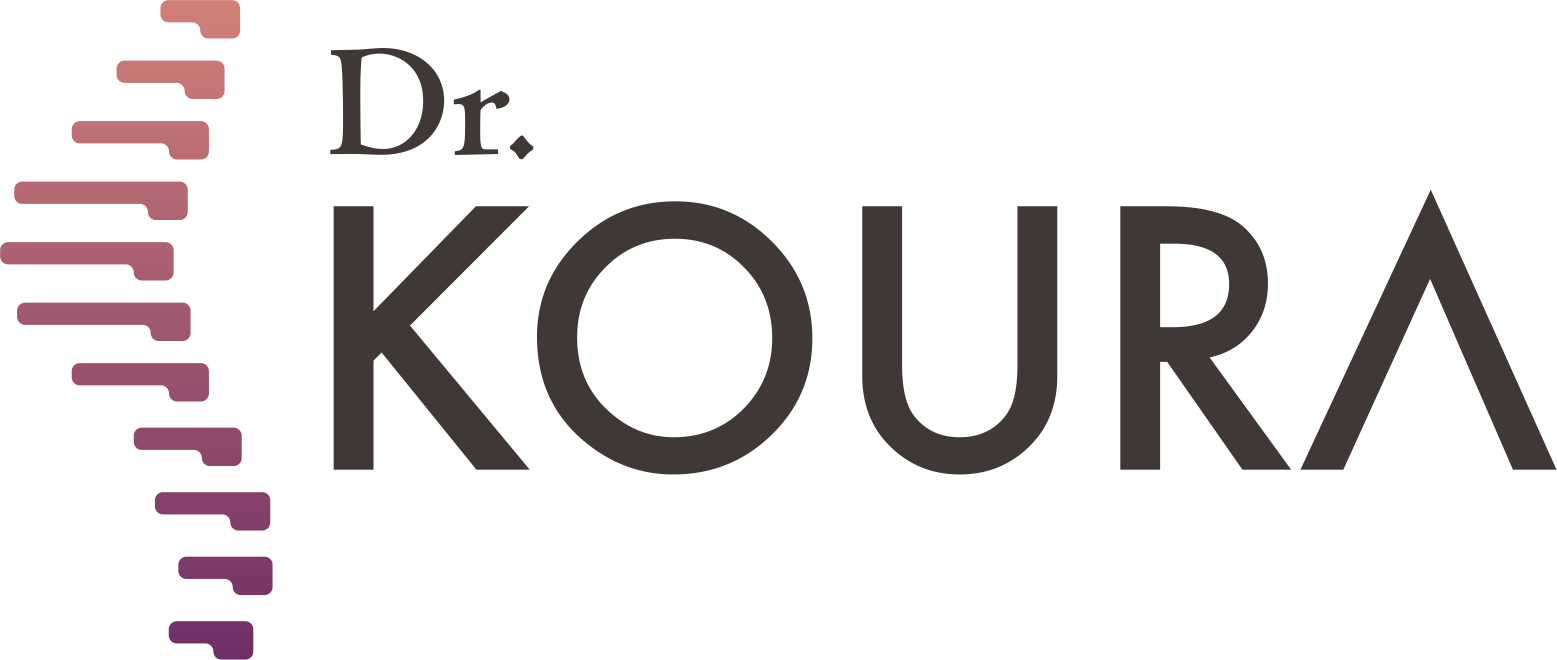

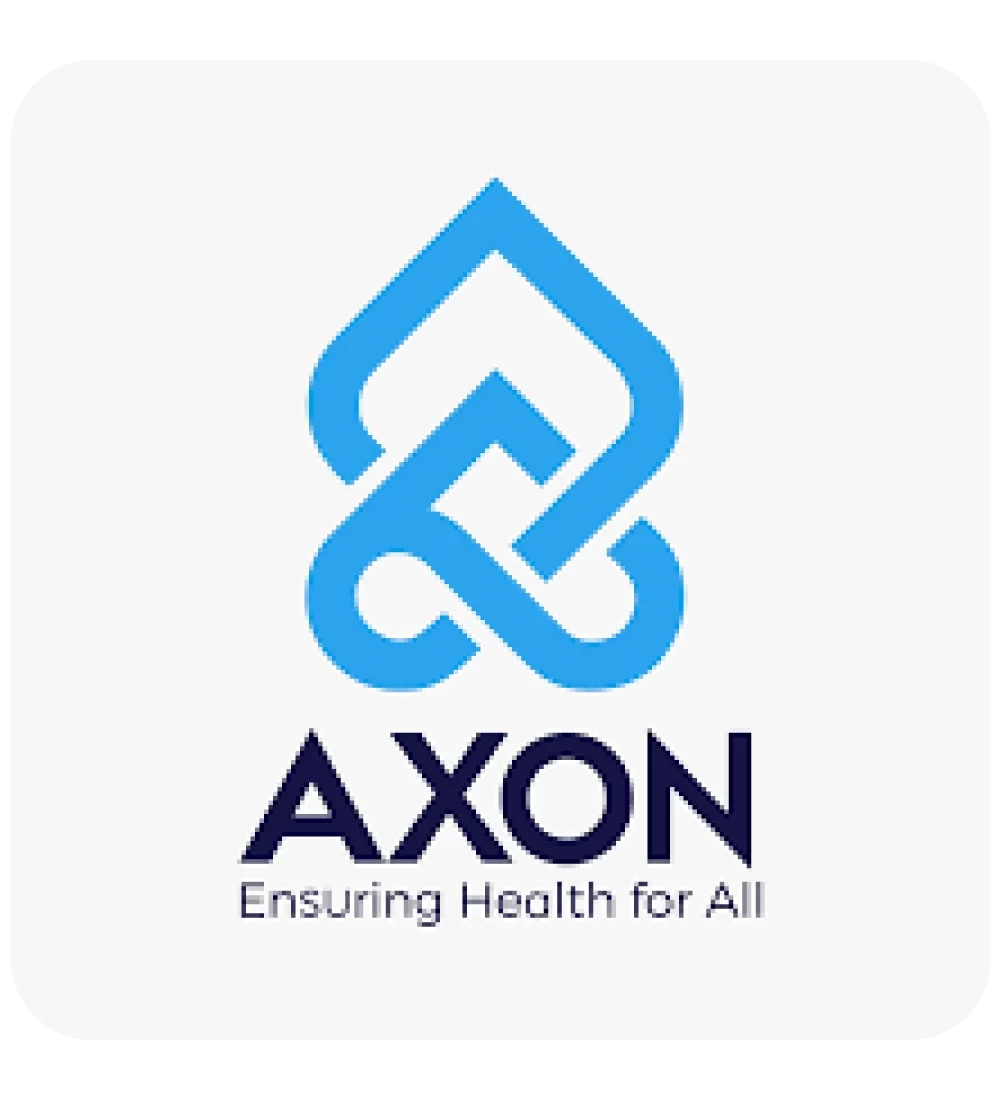
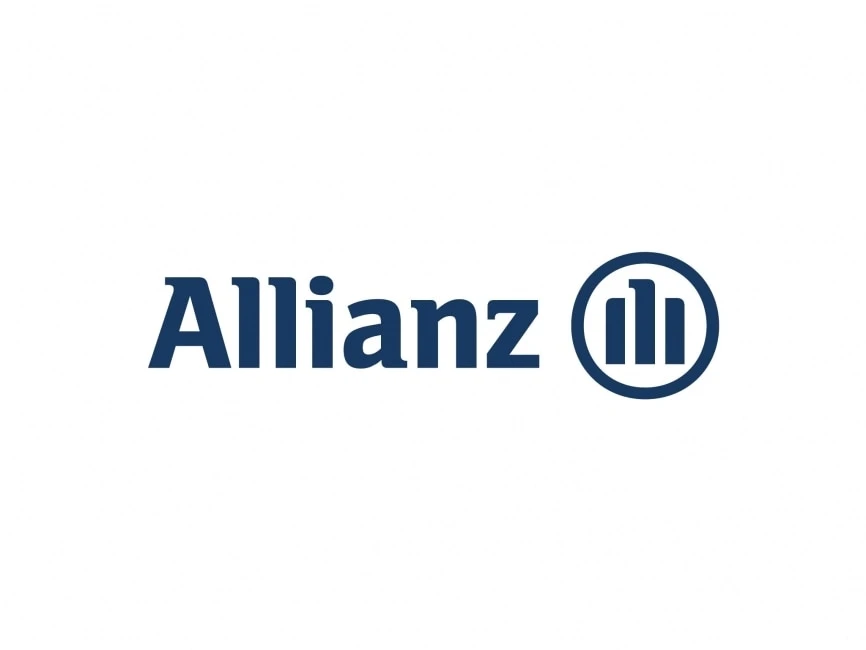

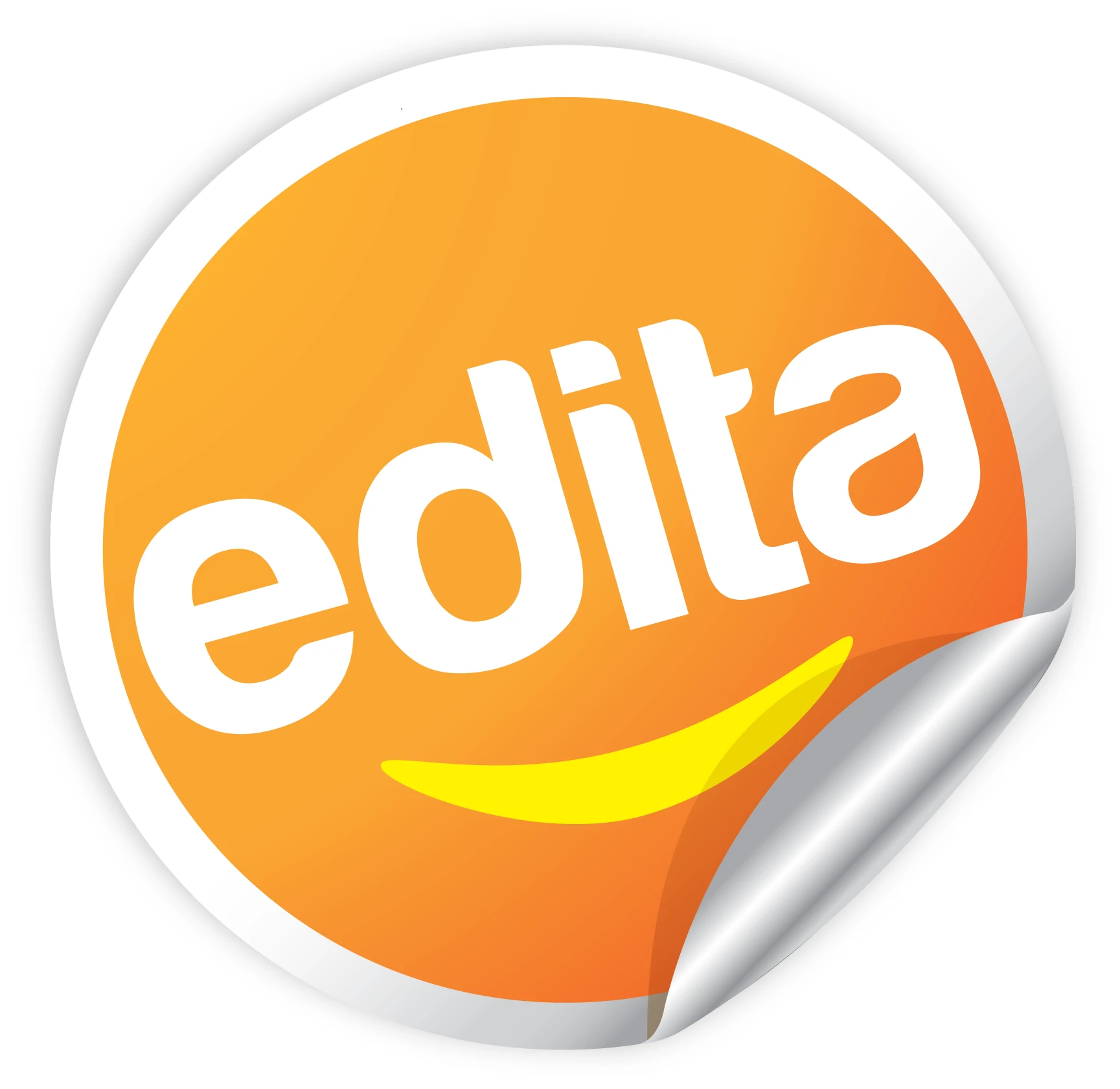
-webp.webp)




-webp.webp)

